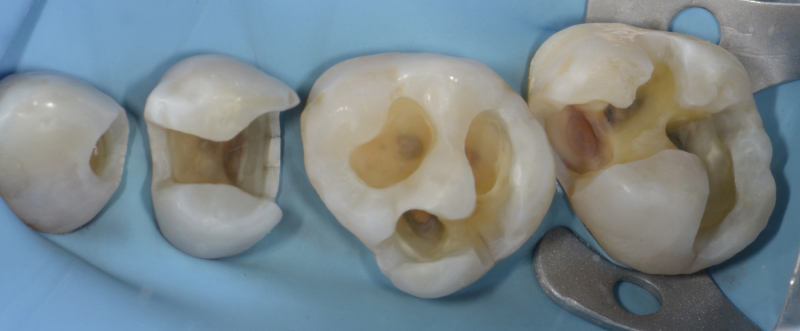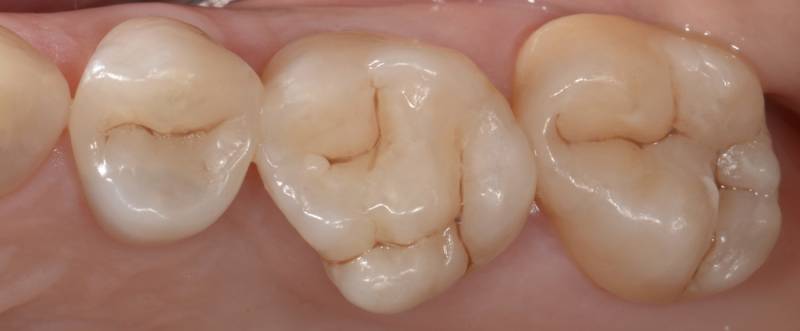Caries are one of the most common diseases worldwide. Carious lesions start from the tooth’s outer surface and evolve deep into the dental pulp.
Caries are more common among children and in puberty. However, the changes that occur with aging also make tooth decay widespread among adults.
It is, in fact, quite frequent that people around the age of 50 develop root caries (of the root of the teeth) because gingival recessions, related to a higher incidence of gum disease, expose the dental roots to the cariogenic action of bacterial plaque.
The roots of the teeth are covered with cement, a tissue more vulnerable than enamel and, therefore, more susceptible to decalcification induced by bacterial plaque. The roots are also more sensitive to touch, heat, and cold.
Caries are a degenerative process triggered by acids produced by bacteria in the oral cavity associated with poor eating habits and insufficient or inefficient oral hygiene.
The most affected teeth are the molars, premolars, and upper incisors. When the process is at an advanced stage, the main symptom of pain appears, called “pulpitis,” as it is generated by inflammation of the dental pulp infected by bacteria.


Caries should be detected early by the dentist or hygienist during periodic visits. Early diagnosis reduces the extent of restorative intervention and makes restoration longer-lived.